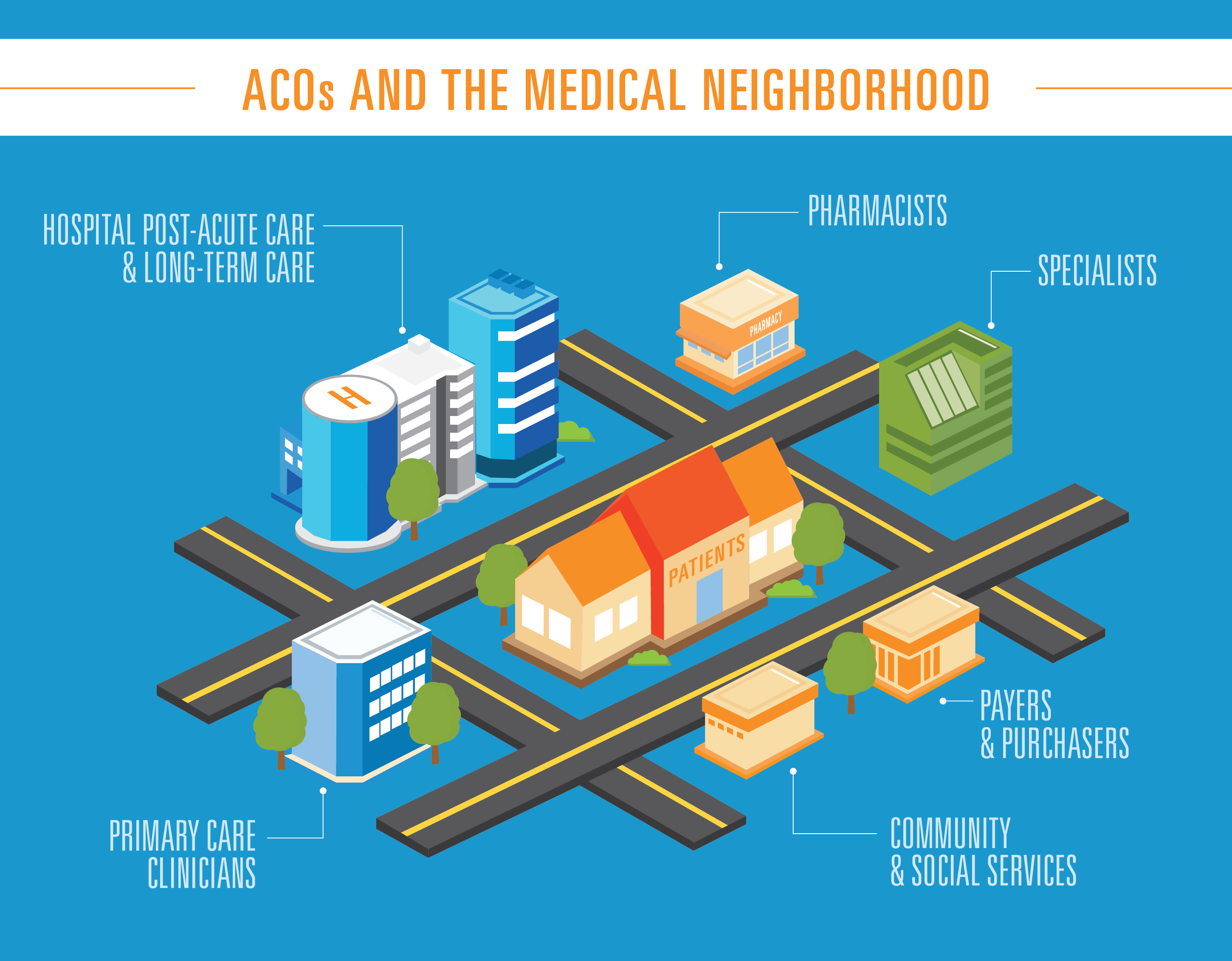
Beryl Institute’s Webinar: The Relationship Between Nurse Satisfaction and Patient Experience

Tap Here to Learn about Q Visit
Relationship Between Nurse Satisfaction and Patient Experience
In a recent webinar, CEO co-founder Edward Shin, MD caught up with Amy Pettit, Chief Nursing Officer of Schneck Medical Center, and Rick Roche, Chief People Officer of Grady Health. In it, the three discussed the current state of nursing. Major topics included the pandemic’s impact on nurse burnout, as well as how nurse satisfaction impacts the patient experience.
Burnout Isn’t a New Problem
Even before the pandemic, burnout in nursing was a problem–– over one quarter of nurses were reporting severe burnout. However, that has recently jumped to over 60%. Pettit’s doctoral thesis sought to address the pervasive problem. Based on her findings, Schneck implemented a system that constantly monitors the working environment for staff.
“We ensure that what we provide our nurses allows for autonomy and allows the nurses to be involved in decision-making practices.” That way, “nurses become more engaged in the work environment and involved in the care that they’re providing.”
Pettit was tasked with discovering whether improving the working environment of the nurse would improve emergency department patient satisfaction scores.
“That’s exactly what we saw when we made sure that nurses had autonomy and a good work environment,” Pettit said.
Roche explained that the nurse experience begins during the hiring process.
“We use two mantras. One is we hire and retain only people who are great colleagues, and great at customer service. With that, we’re going to enhance patient satisfaction, patient safety metrics, and financial metrics.”
Focusing on nurse experience, he says, shifts the burden from the frontline staff to the higher-ups.
Strategies to cope with COVID burnout
At the beginning of the pandemic, Pettit’s hospital was battling with too many unknowns. This included how the virus spread and how to treat it. She and other C-suite members were front and center, making them easily accessible for their overworked frontline staff. Having to provide comfort for patients who couldn’t be with their families was emotionally draining for frontline staff.
Schneck knew they had to find creative ways to help the nurses through the healing process. One way they did so was by placing the names of deceased patients on a remembrance tree.
“The only way that you really work through something like this is if you do it as a team,” Pettit said.
They also implemented a RISE program prior to the pandemic, which helped boost morale and coping skills.
Grady also took care of staff mental health by offering therapy services and webinars. The hospital has also given almost $2 million in $1,500 increments to help staff meet their families’ needs. With this, they could seek extra support, whether they needed help with childcare or a spouse being out of work.
Many organizations are trying to figure out what works best. Roche says, “There is about 100 years of research to suggest that the better you treat your employees, the better they’ll treat your customers. I strongly believe that, which is why we’re putting those things in place on the employee side, to ensure everybody’s a great colleague. Then they’ll be great at everything that we do for patients.”
How to Measure Employee Satisfaction
Roche explains that staff needs a way to provide real-time confidential feedback. While there are quite a few methods for collecting data, he says that he isn’t a fan of massive project surveys. “If we think we have higher than the expected turnover in a particular area, and we’re not quite sure why, we want to be able to very quickly assess that from employees in a confidential way and get real time feedback.” This prompt feedback allows them to put together a plan of action that won’t take six months to implement. In turn, this can affect the organization’s customer service, and ultimately, the bottom line.
According to Roche, “There’s no one way to help the employees with [burnout]. It really needs to be approached in a variety of different ways so you can do everything to ensure the employees have a favorable work experience.”
Surveys have given Pettit’s team insight into environmental changes that could boost productivity. She says, “We have implemented a quiet sleep room again. This is all based on best practice, so that nurses can take a moment and step away from the bedside or the work setting, the unit setting. We put furniture in there and we made it quiet and added music.” Other changes include adjustments to scheduling practices and shifts.
“We ask the nurses to help us create those innovative solutions to increase their satisfaction,“ Pettit explains. “When the nurse is happy, that correlates to patient satisfaction because they’re happy to be there and are happy to be taking care of their patients.”








